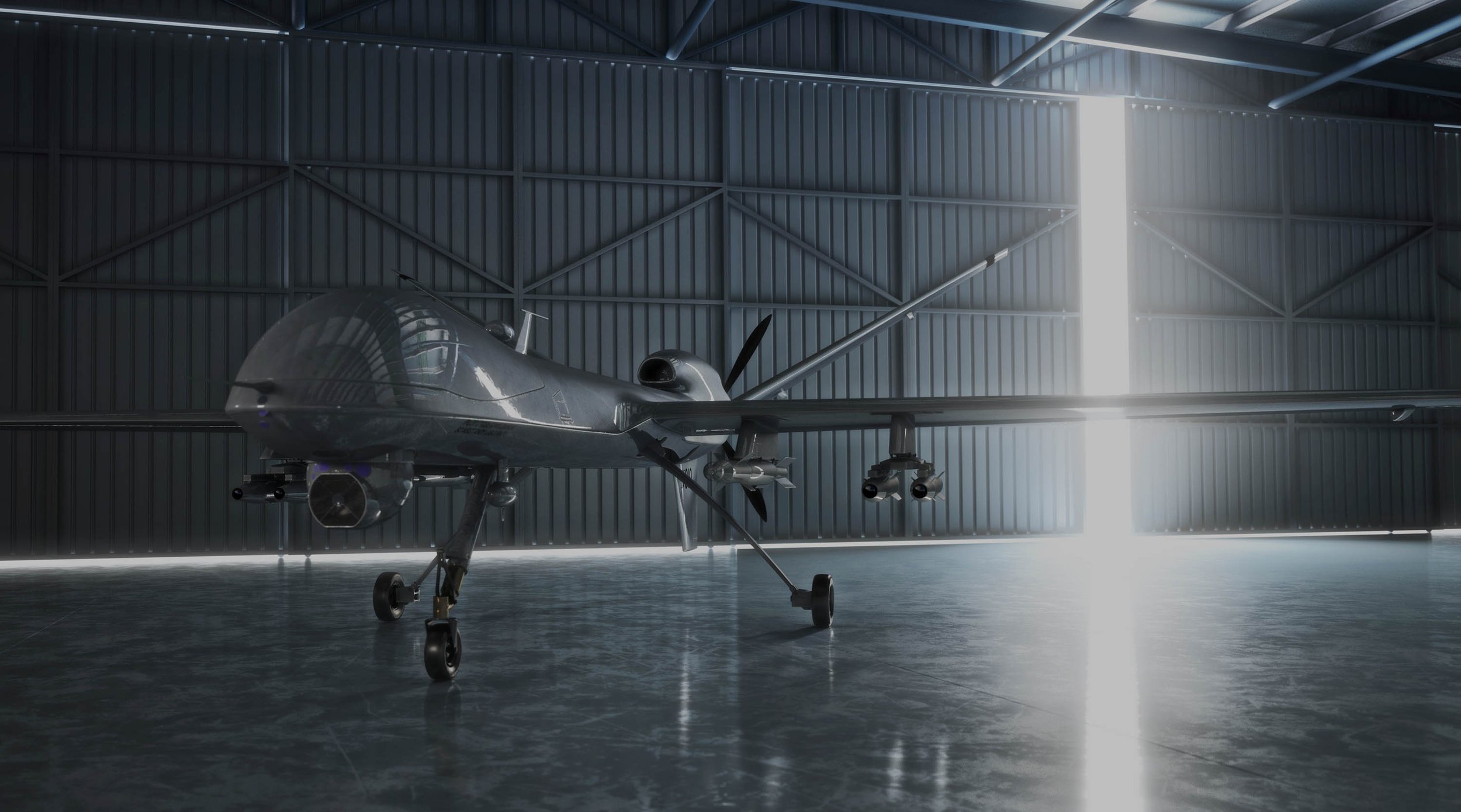
INDUSTRIES SERVED
Aerospace & Defense
The aerospace and defense industry faces a unique set of challenges due to the complexity of its products, stringent regulatory requirements, evolving geopolitical landscape, and demanding customer expectations. Here are some of the key challenges faced by the aerospace and defense sector:
Stringent Regulatory Compliance: The aerospace and defense industry is subject to stringent regulatory standards and certification requirements imposed by regulatory bodies such as the Federal Aviation Administration (FAA) in the United States and the European Aviation Safety Agency (EASA) in Europe. Compliance with these regulations adds complexity and costs to the design, manufacturing, and operation of aerospace and defense systems.
Complex Supply Chain Management: Aerospace and defense manufacturers rely on global supply chains involving numerous suppliers and subcontractors, each providing specialized components, materials, and services. Managing this complex supply chain requires careful coordination, risk mitigation, and quality control to ensure reliability, traceability, and security of supply.
Technological Complexity and Innovation: The aerospace and defense industry operates at the forefront of technology, with constant pressure to innovate and develop advanced systems, aircraft, and defense capabilities. Keeping pace with rapid technological advancements while managing risks and ensuring safety and reliability is a significant challenge for industry players.
Cost Pressures and Budget Constraints: Aerospace and defense programs often involve large-scale investments and long development cycles, with cost overruns and delays being common challenges. Governments and defense agencies face budget constraints and fiscal pressures, leading to increased scrutiny and demands for cost-effective solutions and value for money.
Global Competition and Market Dynamics: The aerospace and defense industry is highly competitive, with companies facing competition from both domestic and international rivals. Global market dynamics, geopolitical tensions, trade disputes, and shifts in defense spending can impact market demand, pricing, and market share.
Talent Shortages and Skills Gap: The aerospace and defense industry requires a highly skilled workforce with expertise in engineering, technology, manufacturing, and project management. However, there is a growing talent shortage and skills gap, particularly in specialized areas such as cybersecurity, artificial intelligence, and advanced materials.
Long Development Cycles and Certification Processes: Developing and certifying aerospace and defense systems involves long and complex processes, including design, testing, certification, and regulatory approval. Delays in certification or changes in requirements can lead to schedule slippage, cost overruns, and market uncertainty.
Detect-It AI Software can help address many of these challenges by giving business and defense contractors the tools to create their own unique AI enabled quality and security systems. These applications can be created extremely quickly and deployed in as little as 24 hours.
Detect-It’s visual AI, which encompasses computer vision and image processing techniques, offers numerous applications and benefits for the aerospace and defense industry. Here are several ways Detect-It can help:
Object Detection and Recognition: Detect-It can detect and recognize objects of interest in imagery, such as aircraft, vehicles, or personnel. This capability is essential for surveillance, reconnaissance, and target identification tasks in both military and civilian applications.
Anomaly Detection: Detect-It can identify anomalies or deviations from normal patterns in images, such as unauthorized intrusions, suspicious activities, or equipment malfunctions. This helps enhance situational awareness and security for military installations, airfields, and critical infrastructure.
Damage Assessment: After natural disasters or military conflicts, Detect-It can analyze aerial or satellite imagery to assess damage to infrastructure, buildings, or terrain. This information aids in disaster response, humanitarian relief efforts, and military operations planning.
Target Tracking and Identification: Detect-It can track moving targets in real-time, such as vehicles, ships, or personnel, and provide continuous monitoring and tracking capabilities. This is valuable for military surveillance, border security, and search and rescue missions.
Enhanced Situational Awareness: Detect-It can enhance situational awareness by fusing data from multiple sensors, including cameras, radar, and LiDAR, to provide a comprehensive view of the environment. This allows operators to make informed decisions in dynamic and rapidly changing situations.
Augmented Reality (AR) and Heads-Up Displays (HUDs): Detect-It visual AI technologies enable augmented reality overlays and heads-up displays for pilots, providing real-time information, navigation cues, and situational awareness enhancements directly within their field of view. This improves pilot performance, reduces workload, and enhances safety during flight operations.
Maintenance and Inspection: Detect-It can assist with aircraft maintenance and inspection tasks by analyzing visual data from onboard cameras or inspection drones. These systems detect defects, anomalies, or signs of wear and tear on aircraft components, facilitating preventive maintenance and reducing downtime.
In summary, Detect-It’s AI technologies play a crucial role in enhancing capabilities, improving safety, and increasing efficiency across various domains within the aerospace and defense industry. By leveraging computer vision, image processing, and machine learning techniques, organizations can unlock new opportunities for innovation and transformation in this dynamic and demanding sector.
Click below to learn more about the Detect-It AI Software development platform.

